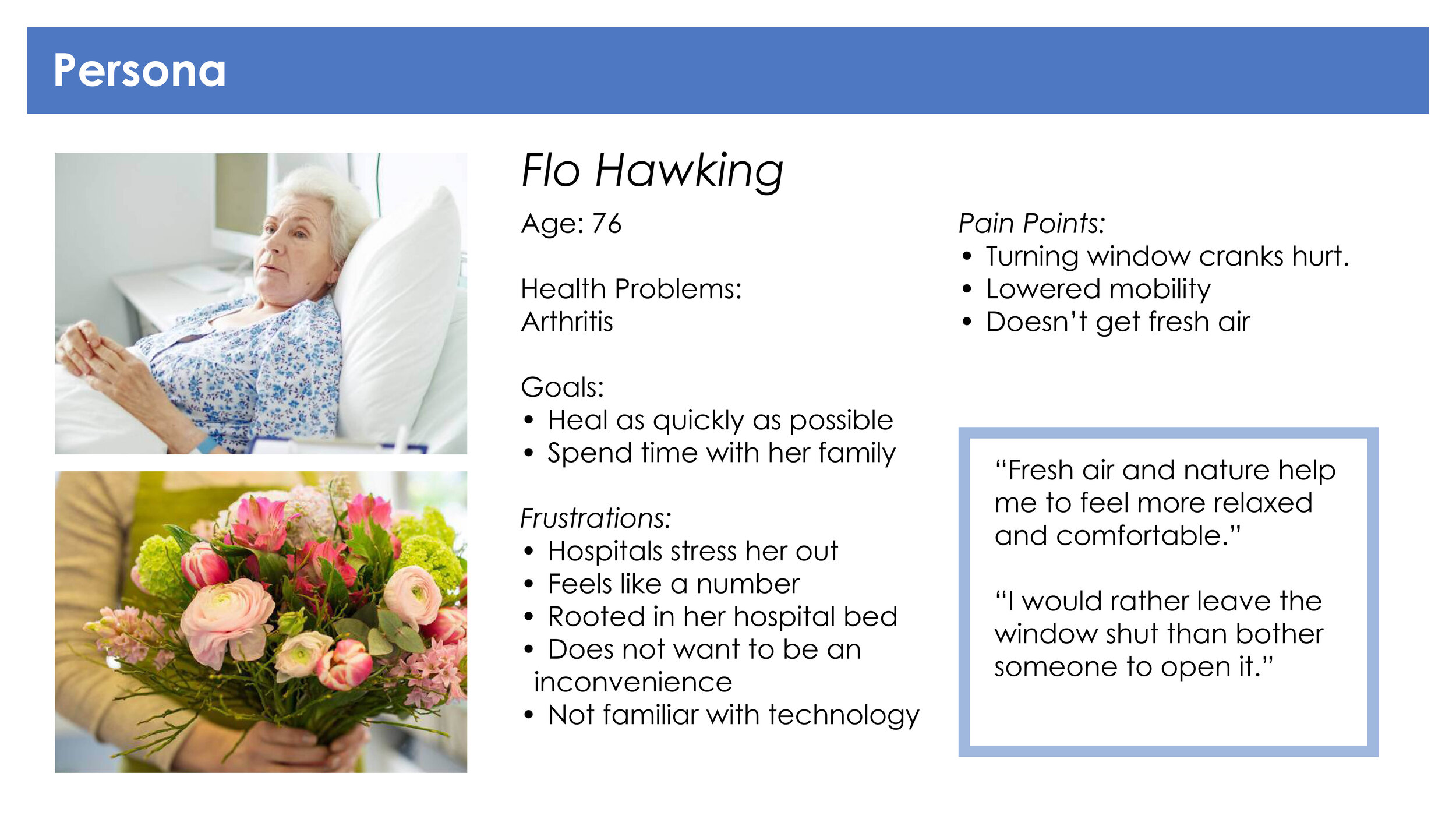About My Design
My design process is rarely linear. Steps are revisited and reevaluated. It’s a balance of when to hold ideas as concrete and immutable, and when to be flexible and responsive.
My Immutable Principals
Patent pending, no one has ever thought of these before, just me
Human Centered Design
It is unusual for me to be part of the user group that I am designing a product for. And while a fresh perspective has its benefits, if you do not understand your user group you may find that you begin designing things that you would find helpful, or you start solving problems you think that people are having regardless of what the reality may be. The best way for me to avoid this trap is to talk with the users. Get to know them and their struggles, and through that create something that might actually help them.
Form Follows Function
It is easy to get caught up in making my product perfect and beautiful. I have spent hours doing that, sometimes only to find that the thing I am decorating doesn’t even work. Start first with the function. When approached this way I have found that form and function eventually blend into one, and the end product becomes so much more elegant than when it is decorated.
Quality Comes Out of Quantity
If your focus is to just come up with the best ideas you are never going to say anything. You will get stuck in your head evaluating and shooting down what, when viewed from the right angle, could be great ideas in the making. Loosen up. Whether I am brainstorming, sketching, or presenting, more will eventually turn into better if only because of the law of probability.
The Design Process
The design process will look different from project to project, but a typical project could be broken up into the following steps: the initial prompt, research, problem statement, ideation, product idea, execution, and the final product.
It can be easy to get lost in the process. Eventually your goals can shift away from ideas you identified in the beginning. Because of that, it is important that I check myself throughout the process. This is where questions like the following come into play: “Is this problem worth solving?” “Does this solution address the users needs?” “Does this product function and improve peoples lives in some way?” If the answer to any of these is no, then back into the design process we go.
Research
I use many different research methods when conducting background, market, and user research, and they all have there time and place. My personal favorite is interviews. Few other methods get to the heart of things as quickly as a few well written questions and a willing interviewee.
Background research
professional interviews
googling
reddit
Market Research
product reviews
product rankings
2x2’s
store visits
benchmarking
User Research
surveys
interviews
environment visits
empathy mapping
storyboarding
Ideation
My favorite step, I love being able to be loose, and pump out a ton of sketches. Leave the sifting and evaluating for later, and just focus on getting creative and solving problems.
brainstorming sessions
sketch models
affinity mapping
sketch ideation
whiteboards
Execution
You have got an idea, and now it is time to flesh it out, make it work, and ultimately set yourself up so that the idea is easy to communicate to other people.
CAD
workflows
wireframes
sketch renders
prototypes
renders
It is not a perfect system, but when put all together it has resulted in successful projects that I am proud of. Check out a few of those projects here on my website, and if you want to get in touch with me to talk about my process more extensively, reach out to me through the contact page.





















